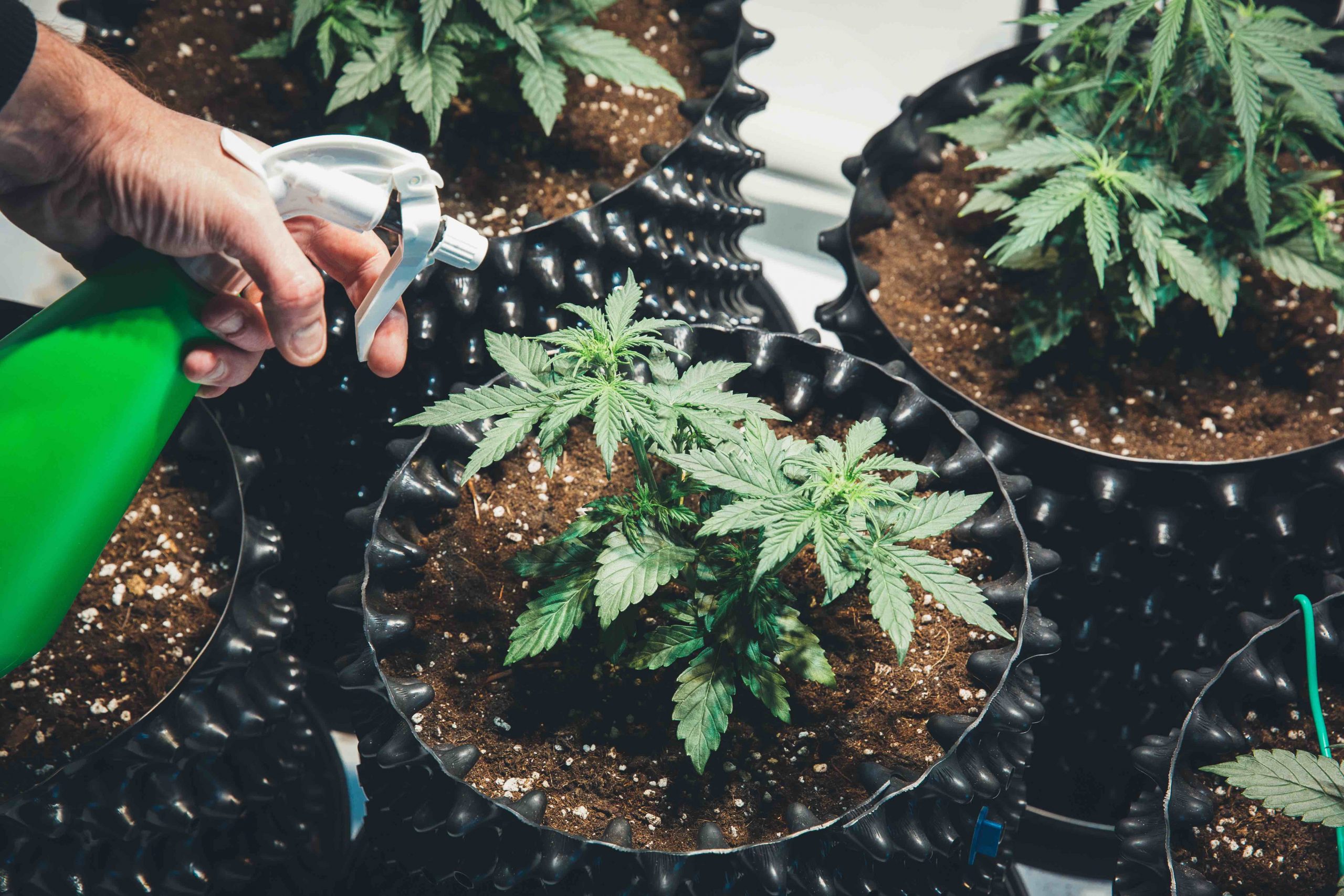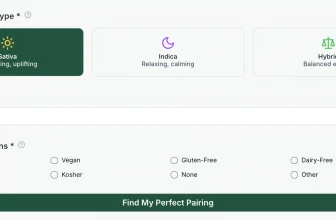
The landscape of cannabis policy is nearly unrecognizable from a couple of decades ago. Whereas growing marijuana was nearly universally punishable by prison time in the late 1990s, today, it’s a hobby enjoyed by many that’s illegal in an ever-decreasing number of states.
Specifically, more and more states are decriminalizing and legalizing both medical and recreational marijuana. For some states that lie farther to the left on the political spectrum (take Colorado, California, and Massachusetts, for example), legalization and decriminalization seemed inevitable. Other states seem on their way toward legalization but are fighting against more political friction.
Of course, all this talk of state-by-state legalization will seem antiquated if the federal government deschedules and legalizes marijuana. No one can say for sure when that day will come — all we can say is that it looks increasingly likely to happen in the near future.
Below, we’ll look at the current landscape of personal and commercial cannabis growth, including:
- Laws regarding home growing for personal use
- Laws regarding commercial cannabis growth
- Prohibition
- Current federal cannabis policy
- Current state policy
- States where home growing and medical cannabis are legal
Laws regarding home growing for personal use
If you’re looking to set up a grow tent and grow your own bud, step #1 is to check your state’s laws. At the current time, the United States’ laws around home growing largely restrict the number of plants allowed at each residence.
The best resource available if you’re looking to understand what’s legal in your state is NORML’s State Laws page. Simply click on your state to see what level of cultivation is legal.
For instance, a personal cultivator in California can grow up to 6 plants without penalty. Passing this limit can result in a misdemeanor, up to 6 months of jail time, and a fine of $500.
Laws regarding commercial cannabis growth
If you aim to grow more than the number of plants allowed for personal use, sell your plants or harvests, or both, you need to go the route of commercial growth.
In general, states, where growth is legal (see Section below), will have their own regulatory policies regarding cannabis growth and sale. For instance, in Washington State, gaining a license to grow marijuana will require compliance with these guidelines.
You will need to check your individual state’s laws and work with their regulatory committee to ensure you don’t exceed any limits on how many plants you can grow.
The Federal Prohibition Years
Many theories exist on why cannabis growth and use have been illegal in the United States for the better part of a century.
One popular (and fairly substantiated) theory is that the chemical company DuPont had a hand in making cannabis illegal. In the 1930s, DuPont had come out with a miraculous product called “synthetic fibers.” Essentially it was a fabric made from plastic — today, we’re all familiar with its offspring in products like nylon and polyester.
The problem: hemp was the fiber of choice.
It’s hard to overstate how pervasive the reach of hemp was. It was used for canvases, tarpaulin, clothing, and practically every other type of fabric out there. According to Forbes, the entire hemp plant was useful, from its fibrous stalk to its seeds, which are high in protein and fatty acids. Hemp oil can also be used to make plastics.
The allegation, then, is that DuPont lobbied the US government to outlaw cannabis in all its forms, hemp included. They posited that marijuana was addictive, dangerous, and led to all sorts of societal evils, from burglary to murder and beyond. They even believed cannabis caused one to go insane.
And so, The Marihuana Tax Act of 1937 was born. Its first move was to federally ban cannabis, which it did.
This absolute prohibition still exists in only two states, Kansas and Idaho, which ban all forms and quantities of cannabis. Other states allow for CBD products, which contain 0.3% or less THC.
Yet an increasing number of states have legalized use, possession, and both personal and commercial cannabis growth.
Current Federal cannabis policy
Technically, cannabis is still considered a Schedule I drug by the federal government. Absurdly, that ranks it in the same category as Quaaludes and heroin.
Congress (mostly the House of Representatives) has crafted several bills aimed at federally legalizing cannabis, though it’s uncertain when one of them will land on the president’s desk.
An important milestone in federal cannabis policy came in 2013 with the Cole memorandum. Under the presidency of Barack Obama, a series of executive actions led to a memo that deprioritized prosecuting federal cannabis crimes in the Department of Justice, particularly in states that had legalized and regulated cannabis.
In 2014, the Rohrabacher-Farr Amendment banned the use of federal funds in prosecuting cannabis activities related to state-legal medical use.
Current state cannabis policy
In 1969, public US support for legalized cannabis use was 12%. By 2019, it had risen to 66%.
States have responded in kind by liberalizing their cannabis policies. The four main categories of state policy are prohibition, decriminalization, legal, medical use, and legal recreational use. Decriminalization first made an appearance in the 1970s but came back with a vengeance after 2010.
As of today, 34 states and Washington, D.C. have legalized recreational and/or medical cannabis use. Of these, 18 states (including D.C.) allow personal cannabis growth.
With the cannabis market in the tens of billions of dollars, the US is at a curious point in history when a federally illegal substance is one of its biggest new industries.
States where growing cannabis for personal use is legal
Each state has slightly different laws for growing cannabis for personal use. The following states have approved home growing for either medical or recreational use:
- Alaska
- Arizona
- California
- Colorado
- Hawaii
- Illinois**
- Maine
- Massachusetts
- Michigan
- Missouri
- Montana
- Nevada
- New Mexico
- Oklahoma
- Oregon
- Rhode Island
- Vermont
- Washington
- Washington, D.C.
**Among these, Illinois is the only state that does not allow home growing.
In the following states, it is legal to use cannabis for medical purposes but illegal to grow it:
- Arkansas
- Connecticut
- Delaware
- Florida
- Iowa
- Iowa
- Louisiana
- Maryland
- Minnesota
- New Hampshire
- New Jersey
- New Mexico
- New York
- North Dakota
- Ohio
- Pennsylvania
- Utah
- West Virginia
And finally, the following states prohibit all forms of cannabis use and growth:
- Alabama
- Georgia
- Idaho
- Wyoming
- Kansas
- Kentucky
- Indiana
- Mississippi
- Nebraska
- North Carolina
- South Carolina
- South Dakota
- Tennessee
- Texas
- Virginia
- Wisconsin
Summary
Start with the legal side — is it legal to grow in your state, and how many plants can you grow before commercial laws kick in?
Once you’re on the right path legally, it’s time to get excited about the nitty-gritty details like the growing stages of weed, how to use grow lights, and knowing how to measure your weed






